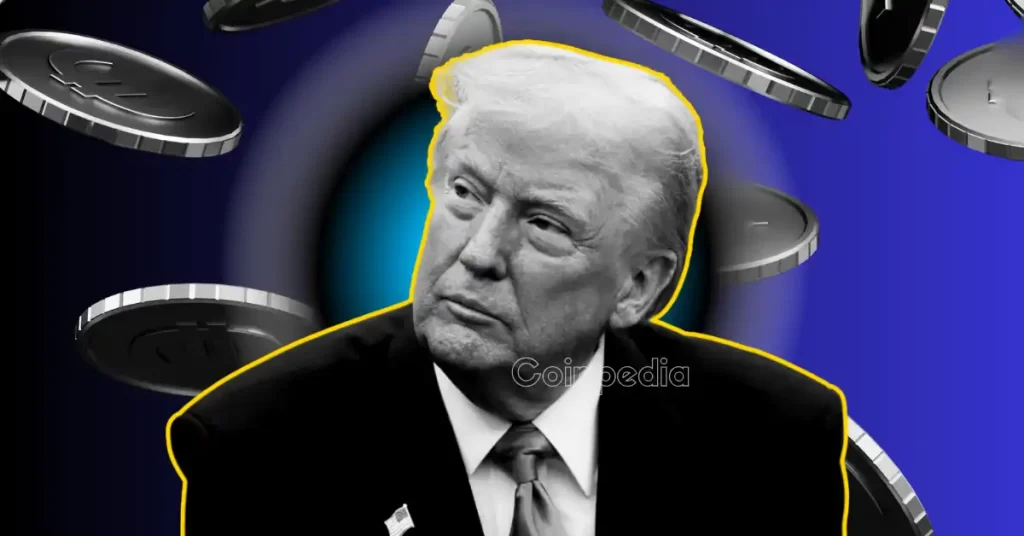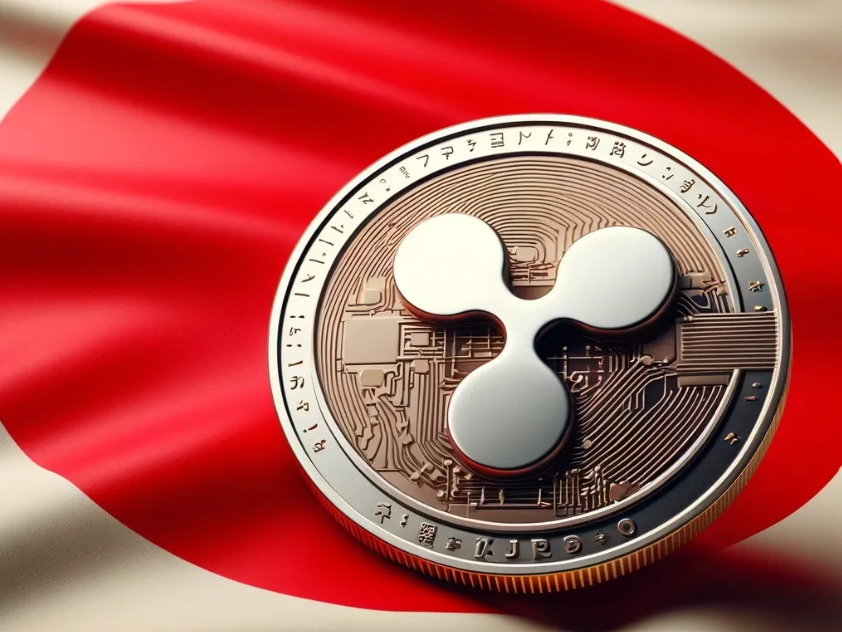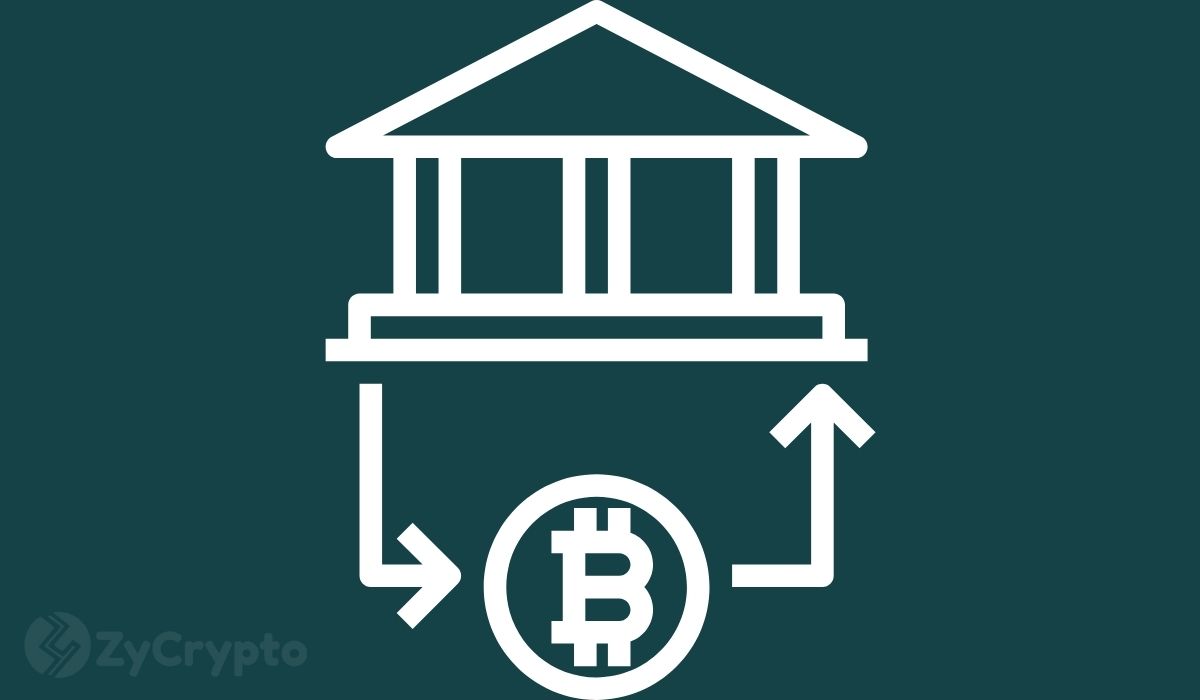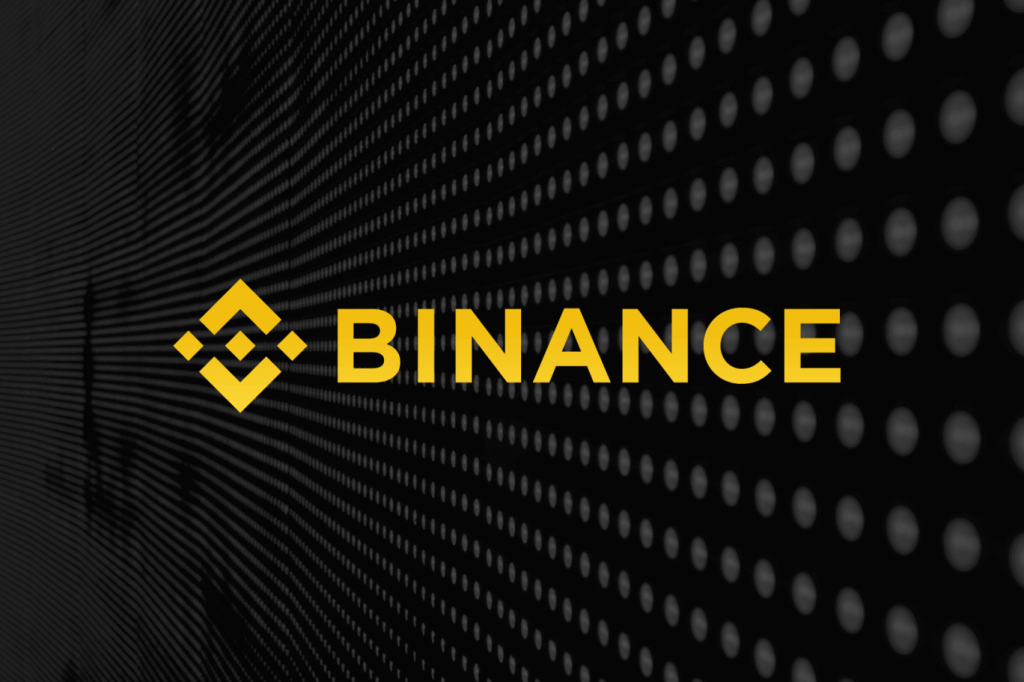
If you’ve dipped your toes into the world of cryptocurrency, you know the drill: prices can swing wildly, making headlines for sudden surges or stomach-churning drops (although recent events in the stock markets surrounding Trump’s tariff policy show this isn’t exclusively limited to crypto) . But amidst this volatility, a different kind of digital asset has quietly become essential plumbing for the crypto ecosystem: the stablecoin. Pegged to familiar currencies like the US dollar, these tokens aim to be the calm in the crypto storm, offering a reliable digital stand-in for everyday money.
Their usefulness for trading, payments, and even just holding value digitally has made them incredibly popular, especially across Asia – a region buzzing with crypto activity and accounting for a massive slice of global trades (Cryptocurrency in Asia: The Adequate Laws and Regulations). But this success hasn’t gone unnoticed by regulators. As billions flow through stablecoins daily, governments from Tokyo to Singapore to New Delhi are grappling with a critical question: how do you regulate these digital dollars and local currency equivalents to ensure they are genuinely stable and safe, without stifling the innovation they represent?
As of early 2025, the answer across Asia isn’t a single chorus, but a complex harmony of different tunes. Some nations are laying down clear, welcoming frameworks, hoping to attract the burgeoning digital finance industry. Others are moving more cautiously, wary of potential risks to their financial systems. This article explores this unfolding regulatory patchwork, looking at how key Asian countries are shaping the rules for stablecoins and what it means for users and the future of digital money in the region.
Why Stablecoins Need Rules: Keeping Things Safe and Sound
Why are governments suddenly so interested in rules for stablecoins? There are a few key reasons:
- Keeping Money Stable: The biggest promise of a stablecoin is its stability. To achieve this, issuers (the companies creating the stablecoins) usually claim to hold reserves – real money or other safe assets – backing up every digital coin they issue. Regulators want to make sure these reserves actually exist and are properly managed. If an issuer fails, or can’t give people back their regular money when they want to cash out their stablecoins, it could cause panic and potentially harm the wider financial system, almost like a run on a bank.
- Protecting Users: People using stablecoins need to trust that their digital money is safe and that they can reliably convert it back to traditional currency. Regulations aim to protect consumers from fraud, mismanagement by issuers, and losing their money if something goes wrong.
- Fighting Financial Crime: Like all forms of money, digital or otherwise, stablecoins could potentially be used for illegal activities like money laundering or funding terrorism. Regulators are implementing rules, often called Anti-Money Laundering (AML) and Counter-Financing of Terrorism (CFT) rules, requiring stablecoin providers to check customer identities and monitor transactions for suspicious activity.
The Asian Landscape: A Patchwork of Approaches
Unlike regions like Europe, which is moving towards a single set of rules (known as MiCA), Asia doesn’t have one unified approach. Instead, each country is developing regulations based on its own economic goals, technological readiness, and concerns about financial risk. Let’s look at some key players:
Singapore: The Structured Innovator
Singapore has actively worked to become a leading hub for financial technology, including crypto. The Monetary Authority of Singapore (MAS), the country’s main financial regulator, has been proactive in setting clear guidelines.
Stablecoins fall under Singapore’s Payment Services Act, which was recently updated with changes taking effect right around now, in early April 2025. These rules treat stablecoin issuers and service providers (like digital wallets holding stablecoins) as “digital payment token” (DPT) providers.
Key aspects of Singapore’s approach include:
- Licensing: Companies dealing with stablecoins generally need a license from MAS. As of 2025, MAS has already licensed numerous crypto service providers.
- Specific Stablecoin Rules: In August 2023, MAS finalized rules specifically for stablecoins pegged to single currencies (like a Singapore Dollar stablecoin). These rules demand strong backing with reserve assets, capital requirements for issuers, and ensuring users can redeem their stablecoins for the traditional currency smoothly (at par value within five business days).
- User Protection: New rules require firms holding customer crypto assets, including stablecoins, to keep them in trust accounts, separate from the company’s own funds. This adds a crucial layer of safety if the company faces financial trouble. (Singapore widens crypto regulation, introduces enhanced user protection requirements).
Singapore’s goal is clear: encourage innovation in the digital asset space while ensuring stability and robust consumer protection.
Japan: Pioneering Specific Stablecoin Laws
Japan was one of the first countries globally to recognize Bitcoin as a legal payment method back in 2017 and has continued to refine its crypto regulations. Notably, Japan took an early lead in specifically regulating stablecoins.
In June 2022, Japan passed a law dedicated to stablecoins, which came into effect in June 2023. This law clearly defines stablecoins and sets strict rules for who can issue them:
- Issuer Requirements: Only licensed banks, registered money transfer agents, and trust companies are allowed to issue stablecoins in Japan. This limits issuance to established financial institutions.
- Guaranteed Redemption: The rules emphasize the right of stablecoin holders to redeem their tokens at face value, ensuring the “stable” part of the stablecoin holds true.
- Asset Backing: Strong requirements are in place for the assets backing the stablecoins.
Furthermore, Japan’s Financial Services Agency (FSA) is looking to further integrate crypto, including potentially stablecoins used for investment, into its mainstream financial regulations. There are plans, possibly taking effect by 2026, to treat crypto assets more like traditional financial products under the Financial Instruments and Exchange Act (Japan to give crypto assets legal status as financial products, Nikkei says). This includes potential rules against insider trading and discussions around a simpler flat tax rate for crypto earnings, moving away from potentially very high progressive rates.
Japan’s approach focuses heavily on user protection and financial stability by tightly controlling who can issue stablecoins and ensuring they are reliably backed and redeemable.
Hong Kong: Building a New Stablecoin Hub
Hong Kong, another major Asian financial center, is also actively developing its stablecoin regulations. Following public consultations, the Hong Kong Monetary Authority (HKMA) is planning to introduce a licensing regime specifically for issuers of “fiat-referenced stablecoins” (FRS) – stablecoins pegged to traditional currencies like the US dollar or HK dollar.
The proposed rules focus on ensuring:
- Value Stability: Issuers must have clear mechanisms and sufficient high-quality reserves to maintain the stablecoin’s peg.
- Redemption: Users must be able to redeem the stablecoins for the underlying traditional currency promptly.
- Governance and Risk Management: Issuers will need strong internal controls and plans to handle various risks.
Hong Kong aims to launch this regime sometime in 2024 or 2025, positioning itself as a welcoming place for well-regulated stablecoin activities, competing with Singapore for crypto business.
India: High Taxes and Lingering Uncertainty
India presents a more complex and uncertain picture. While not explicitly banning cryptocurrencies, the Indian government has taken a very cautious stance, primarily through taxation.
- Heavy Taxation: India imposes a steep 30% tax on any profits made from crypto transactions, including stablecoins, with no deductions allowed for losses. Additionally, a 1% Tax Deducted at Source (TDS) applies to crypto transactions exceeding certain limits.
- Regulatory Grey Area: There is still no specific law clearly legalizing and regulating cryptocurrencies or stablecoins. A proposed bill from 2021 has faced delays, although there’s some expectation it might move forward in 2025 (Crypto Regulations In India: What To Expect In 2025 And Beyond). The Reserve Bank of India (RBI), the central bank, has historically expressed concerns about cryptocurrencies potentially undermining financial stability.
This lack of clear regulation, combined with high taxes, makes it challenging for stablecoin users and businesses in India. While stablecoins are used, the environment lacks the certainty seen in places like Singapore or Japan. How stablecoins would be treated under any future specific regulations remains an open question.
Other Asian Nations: A Mix of Moves
The rest of Asia shows similar diversity:
- Thailand: Recently made headlines by approving the domestic trading of USDT ($1.00) (Tether, a major US dollar-pegged stablecoin) in March 2025, signaling a more flexible approach within its existing digital asset regulations.
- China: Mainland China maintains its strict ban on cryptocurrency trading and mining, which includes stablecoins.
- South Korea: Is developing its own comprehensive crypto regulations (Virtual Asset User Protection Act set to take effect mid-2024), likely encompassing stablecoins with a focus on user protection and market integrity.
- Vietnam & Malaysia: Showing signs of potentially becoming more open to digital assets, although formal regulations are still developing.
- Pakistan: Has expressed ambitions to become a major crypto hub in South Asia, though concrete regulations are still in early stages.
What Does This Mean for You?
If you’re interested in using or investing in stablecoins in Asia, these differing regulations matter:
- Trust and Safety: In countries with clear rules like Singapore and Japan, you can have more confidence that regulated stablecoins are properly backed and that issuers are held accountable. User protection measures, like Singapore’s trust requirements, add an extra safety net.
- Availability: The types of stablecoins available might differ. Japan’s rules favour stablecoins issued by local banks, while Singapore and Hong Kong might be open to well-regulated global stablecoins alongside local ones. In India, access might be easy, but regulatory backing is absent.
- Costs and Taxes: Taxation rules vary wildly. India’s high taxes are a significant factor, while Japan is considering a potentially simpler flat tax. Singapore doesn’t have a specific crypto tax but applies general income tax rules.
- Innovation: Regulation can be a double-edged sword. While it provides safety, very strict rules might slow down innovation or limit choices. Jurisdictions like Singapore aim for a balance, creating “sandboxes” where new ideas can be tested under supervision.
The Road Ahead: Finding Harmony?
As of April 2025, Asia’s stablecoin regulatory map is still being drawn. We see leaders like Singapore and Japan setting high standards, potential hubs like Hong Kong emerging, cautious players like India, and others like Thailand making specific allowances.
The key challenge for the region is navigating the fine line between encouraging the potential benefits of stablecoins – faster, cheaper payments and financial inclusion – and managing the risks to consumers and the financial system. While a single set of pan-Asian rules seems unlikely soon, countries will be watching each other, and international bodies like the Financial Stability Board (FSB) are also providing guidance that could influence future regulations.
For anyone involved in the crypto space in Asia, understanding this diverse and evolving regulatory landscape is crucial. The rules around stablecoins are not just technical details; they are shaping the very future of how digital money works across this dynamic continent.



























 24h Most Popular
24h Most Popular








 Utilities
Utilities